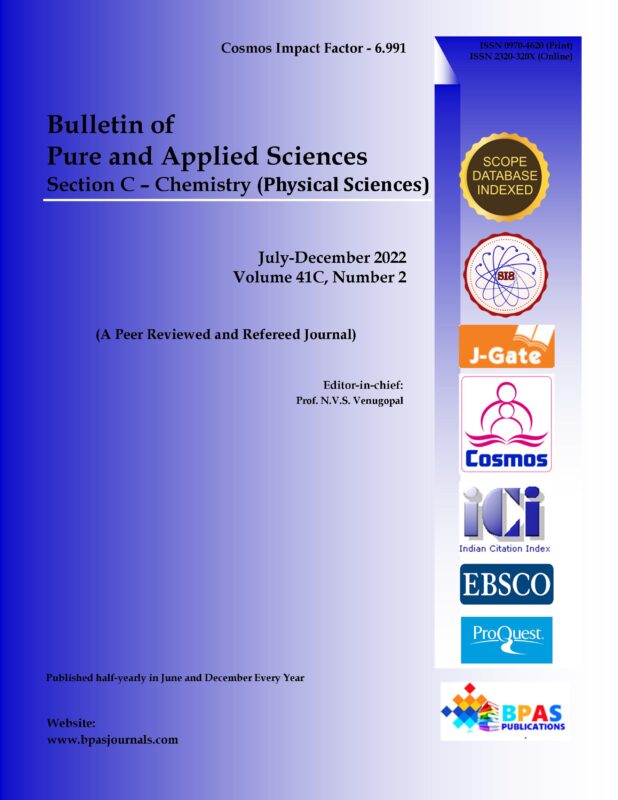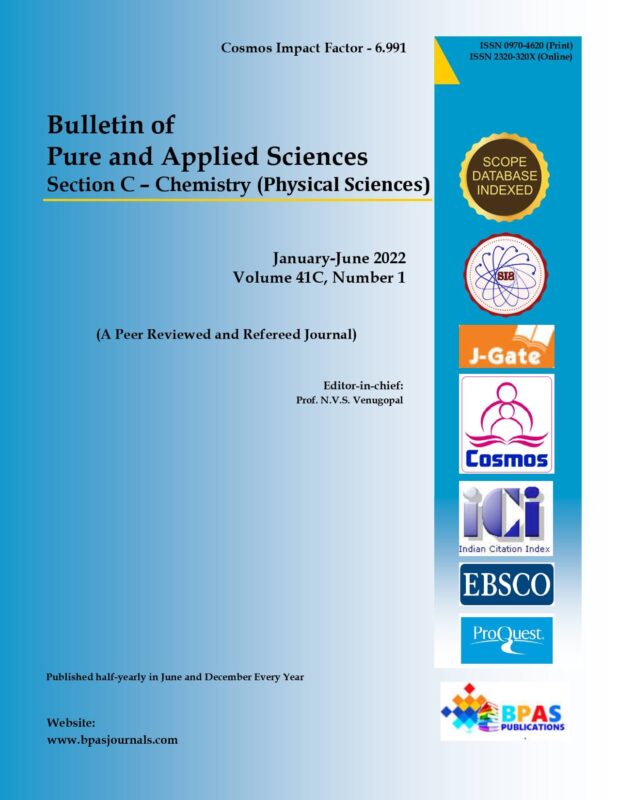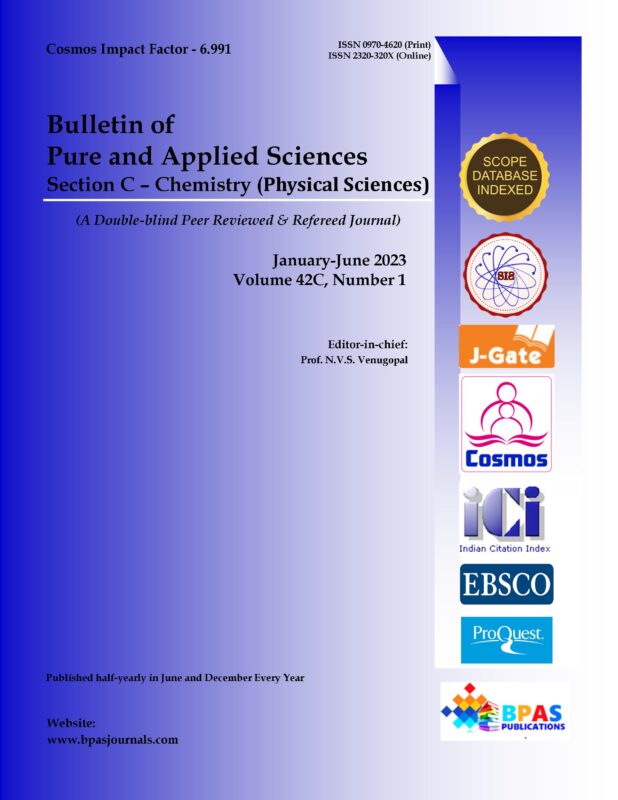This study was aimed to determine the phytochemical constituents and assess the antimicrobial potency of different solvent partition portions of methanol stem-bark extract of Boswellia dalzielii. The plant material was collected, prepared and cold macerated using methanol as solvent. The crude methanol extract obtained was further partitioned with different solvents based on their polarity-n-hexane (NHE), chloroform (CFE), ethyl acetate (EAE), n-butanol (NBE), and water (RAE) respectively. The extractives obtained were subjected to phytochemical screening and further assayed for anti-infective potency; adopting agar well diffusion protocol against some selected human pathogenic isolates viz S. typhi, E. coli, K. pneumoniae, S. dysentriae, P. aeruginosa P. Mirabilis (Gram -ve), S. aureus, S. pyogene, Corynaebacterium spp. and B. subtilis (Gram +ve) bacteria and C. albicans (fungal) strain. The MIC, MBC and MFC were ascertained using the standard protocol of microdilution assay. The activity index (AI), percent activity (PA), and spectral intensity index (SII) were also assessed in comparison to reference antibiotics (Erythromycin, ciprofloxacin, ketoconazole). The results of phytochemical screening showcased that, NBE has the highest content of secondary metabolites (alkaloids, aloes, cardiac glycosides, flavonoids, cyanogenic glycosides, terpenoids, resins, saponins, steroids, and carbohydrates) followed by CFE. Anthraquinones and phlabatanins were absent in all portions. NBE and CFE were found to be the most potential extract against the MDR strains tested but C. albicans (29.66±0.33mm), S. dysentriae (24.66±0.33mm) and S. aureus (24.33±0.33mm) were found to be the most sensitive strains. RAE showed very poor sensitivity across the microbes tested. The MIC, MBC and MFC results indicated that NBE, CFE and EAE showed a remarkable bacteriostatic, bactericidal and fungicidal effect against S. dysentriea, C. albicans, S. aureus and E. coli at 6.25mg/ml. NBE and CFE portions have high AI when compared to reference antibiotics and evaluation of PA revealed that all the G+ve, G-ve and fungal strain were 100% sensitive to those two portions. NBE possesses the maximum SII (11.75), followed by CFE (10.99) and EAE (9.01) which indicated that NBE was the most potent portion. The presence of high content of phytochemical constituents in NBE was responsible for this broad-spectrum antimicrobial activity. This finding provides a logical justification to the traditional healers for the utilization of the plant in the management of different ailments (diarrhoea, candidiasis, dysentery) caused by the tested microbes. Due to high potency of the NBE we are currently working on isolation and purification of the bioactive component(s) responsible for the antimicrobial activities observed in this study through the bioassay-guided protocol.
How to cite this article: Mamza UT, Arshad M, Shah M, Khan S, Abdulrahman FI, Sodipo OA and Khan IZ. (2022). Phytochemistry and Antimicrobial Studies of the Solvent Partitioned Portions of Methanolic Stem-Bark Extract of Boswellia dalzielii (Burseraceae). Bulletin of Pure and Applied Sciences-Chemistry, 41C (1), 34-48.
Keywords
Phytochemistry, Antimicrobial Studies, Boswellia dalzielii, Partitioned Portions, Stem-Bark Extract




